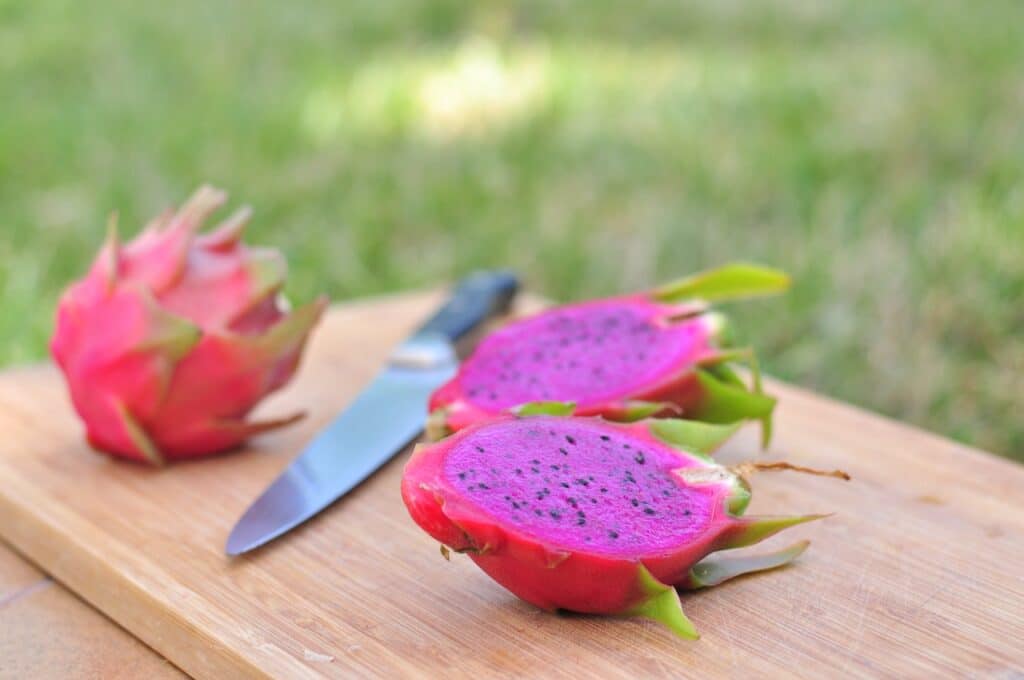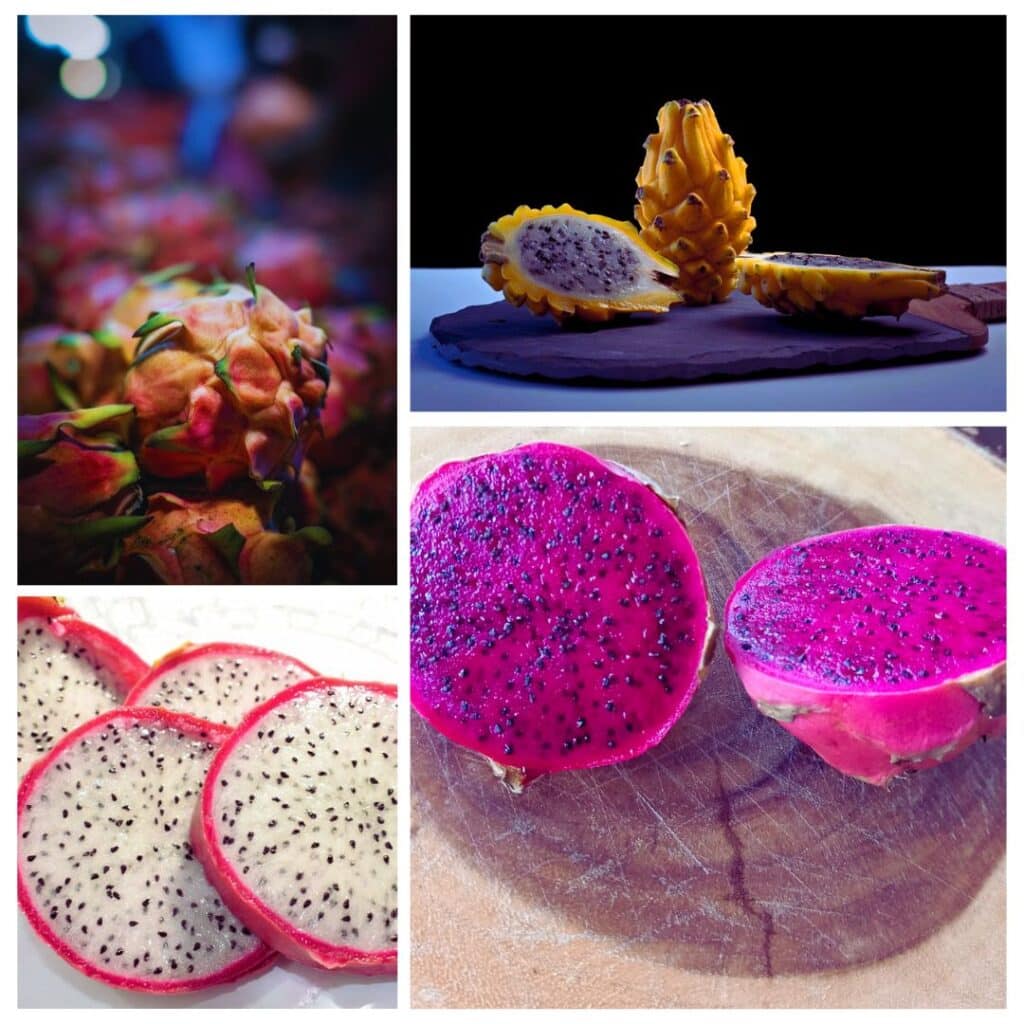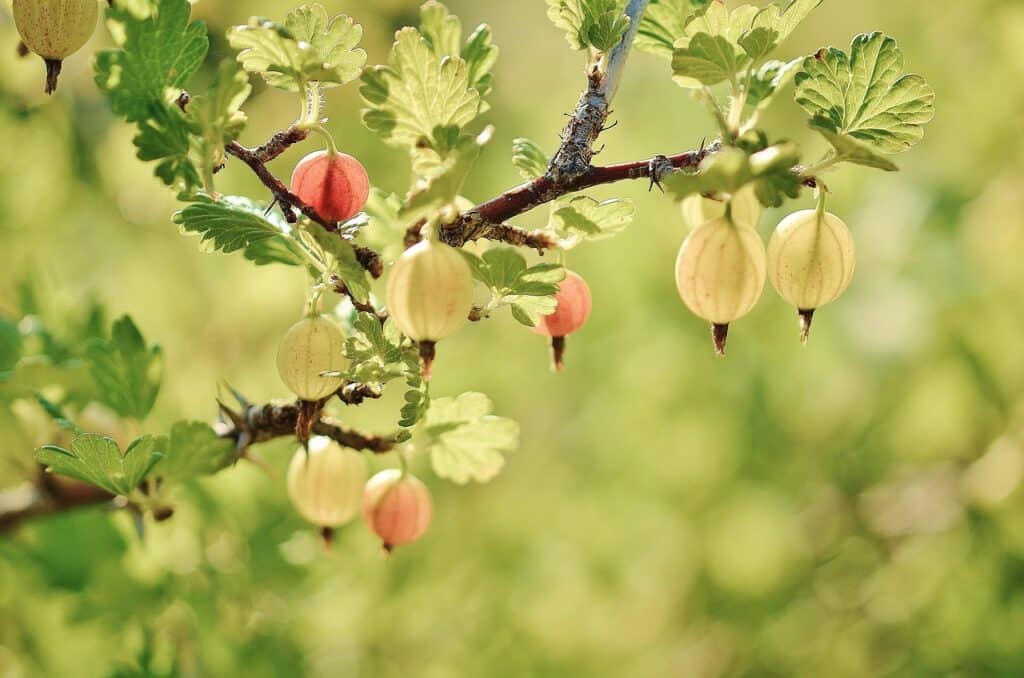How to Grow Raspberries from Seed
In the bramble family, there are many good berries to choose from such as blackberries, dewberries, and even hybrids such as tayberries, but one of the most popular and tasty ones are raspberries for sure. These delicious tiny fruits are packed with many antioxidants, vitamins and minerals and can be used for many recipes, I personally love to have them while enjoying a good Panna Cotta!
In the next article, I will be sharing how to grow Raspberries from seed and some tips that you may find useful in your growing journey.
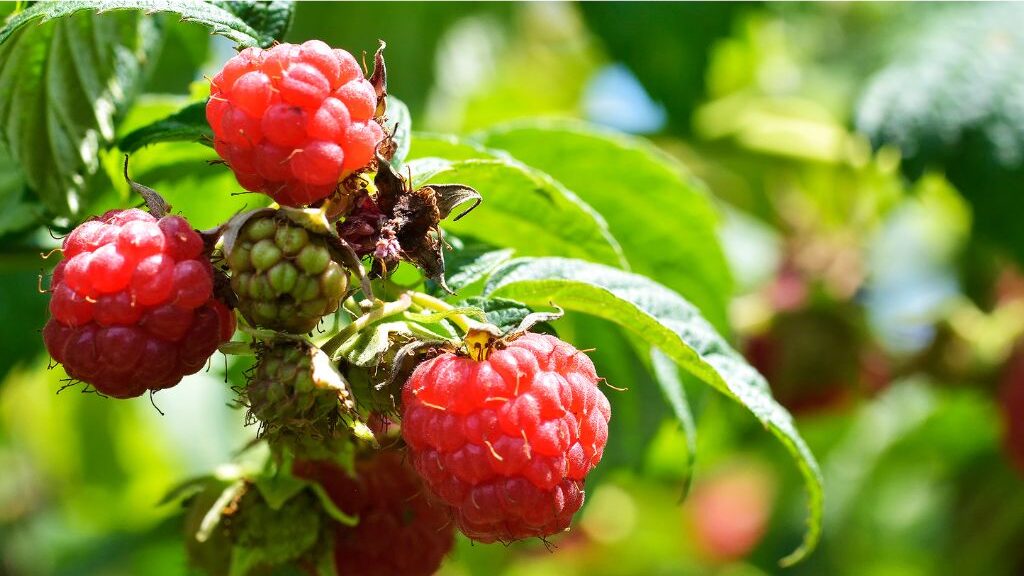
Collecting Raspberry Seeds
To collect the seeds, take some of the little pellets from a raspberry and squeeze them between your fingers, you will see the seeds come out of the pulp. You can also rub a whole raspberry in paper towel and take the seeds from it, or mash one in a strainer with a spoon, your choice.
You can also buy the seeds online, there are many different types of raspberries such as purple, black, red and yellow raspberries. Just make sure to read the guide inside the seed packet before you plant them, as the planting procedures may change depending where you bought them.
Optimal way to grow raspberries from seed
During winter season, fill your seedling trays with seed starting mix and put 1-2 raspberry seeds in each tray about 1/4 inch deep, cover with soil and let them go through a cold stratification process in a spot where the temperature stays between 34-44 Fahrenheit. Spray them with water from time to time to avoid the soil from drying.
You can also do this stratification process by applying some water to a paper towel inside of a plastic zip lock and tossing the seeds inside, then letting them in the fridge (34-44 F, never below freezing temperature) for 4-6 weeks.
Check your seeds constantly as some of them may start to germinate inside on the paper towel.
The next step will depend if you are growing the raspberries indoors or outdoors
Growing Raspberries Indoors
When the temperature starts to rise above 60 Fahrenheit in Spring, take your raspberries and place them in a spot warm spot providing a temperature between 65-75 Fahrenheit. The seeds should sprout in 2-4 weeks.
After your seeds sprouted, you can either place them in a spot where they start getting partial sun, or place them under a set of grown lights, I recommend the latest one as placing them near a window may induce your seedling to grow long and leggy as they try to reach for more sunlight.
When your seedlings grow bigger, you can transplant them into a container. Ideally, you want the container to be at least 5 gallons big and to have between 16-24 inches in diameter. Here is a popular and affordable option in amazon. Also remember to put a drain tray under the container to avoid root rot and having to mop every time you water your plants.
Fill your container with a mix of potting soil and compost for about 70-80% of the total space and then transplant your raspberry plant there. Cover the whole root and then place some more soil to cover nicely. You can also place some bark chips or other type of mulch to help your plant retain moisture.
Place your raspberries in front of a window or anywhere they can get from 8+ hours of sun. It’s also important to water frequently as they will not be receiving rain from the outside, specially during times of very hot weather. Water your plants when the surface of the soil starts to feel dry. Try not to over-water the soil to avoid causing root rot.
It’s important to set up a structure to have your raspberries grow in a controlled and more manageable way. You can set up a Garden Obelisk trellis for indoor plants or a bamboo trellis. Anything that you can attach to your Raspberries while they are growing works.
Growing Raspberries Outdoors
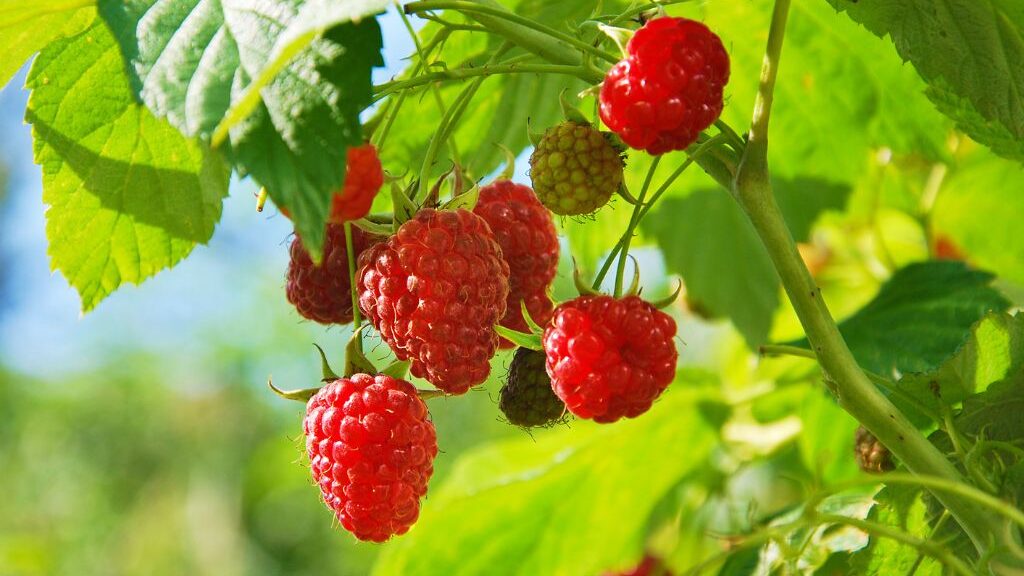
After the last spring frost and when the temperature is above 60 Fahrenheit, place your seedlings in a spot in your garden where they can get partial sun. After they sprout in a couple of weeks and develop a height of about 1 inch, transplant them into individual pots or in the garden (I recommend pots as it’s better to plant them in the garden when they have developed better roots).
Place your raspberries in a place where they can get 8+ hours of daily sun. Make sure to put them in a well draining soil with a Ph around 5.5-7.0. Give the soil a nice touch of compost and if you are planting in spring, fertilize with an all purpose fertilizer during the growing months to induce growth
Don't fertilize when the raspberries are giving or about to give fruit
Mulch can also be a good thing to add. It will help your soil to be in a constant temperature and it will aid with the moisture retention during hot summers.
if you are planting your raspberries in the ground, space them about 2-3 feet from each other. Raspberries can spread a lot when they develop new canes so you want to have enough space.
Keep your soil with a good moisture, specially during very hot summer weather, and remember to build a trellis for your raspberries. A T-trellis usually works fine for this matter
Pruning

Pruning is probably the most important part while you are caring for your raspberries. As this will have a direct impact in the amount of harvest you’ll be getting and even how much your plant gets to propagate in your garden.
Raspberries bear fruit in summer and fall, depending on the cultivar they will bear fruit on summer, or in both. If they bear only in summer they are called summer bearing raspberries, if they bear in fall they are called everbearing raspberries.
As this article is about growing them from seed, I’m assuming we don’t know which type of raspberries we have.
But it’s not hard to tell the difference. Summer bearing will bear fruit on canes that were developed last year, while everbearing raspberries will bear fruit from canes developed in the summer. To summarize, summer cultivars bear fruit from their floricanes and fall cultivars bear fruit from their primocanes.
If you have an everbearing (fall) type, you will want to prune your raspberries very close to the ground. Do this after harvesting them and when all of their leaves have dropped. As everbearing will bear from primocanes, you can just prune all of the canes.
If you have a summer bearing type, prune bearing canes at ground level leaving all of the primocanes unpruned, as these ones will be the ones to bear fruit the next summer season.
As a general rule, you will want to prune any suckers that are far away from your trellis line. If you want more details about pruning, here is an old but still good video on how to do it.
Pest and Diseases.
There are many pest and diseases that can attack raspberries, so many that is worth doing an article for all of them. If you want to check them out, here is some information about them.
Harvesting
Put on your gloves and go outside, it’s time to pick up our hard-worked raspberries! They will ripe in summer or fall depending on your cultivar, raspberries don’t keep ripening after they are picked up so it’s important to take them when they are fully ripe.
Let your taste tell you when they are ready to be picked, but you can also notice this by watching them. Red raspberries can vary in color from a light red to a darker one. Purple ones can change from red, to purple about to be black, the more the color changes, sugar levels will increase in the fruit.

